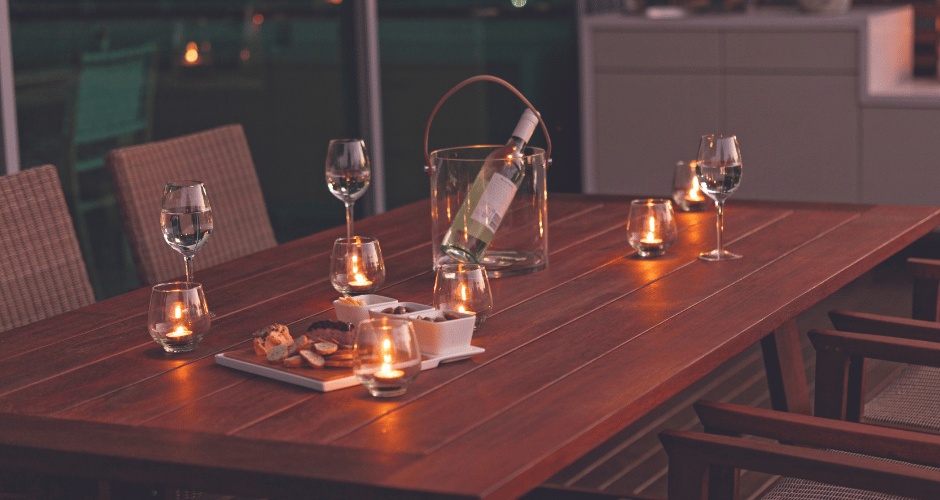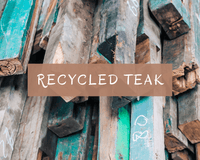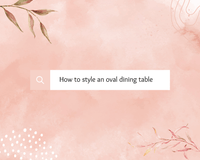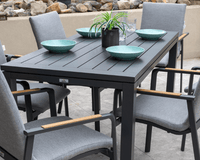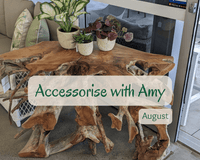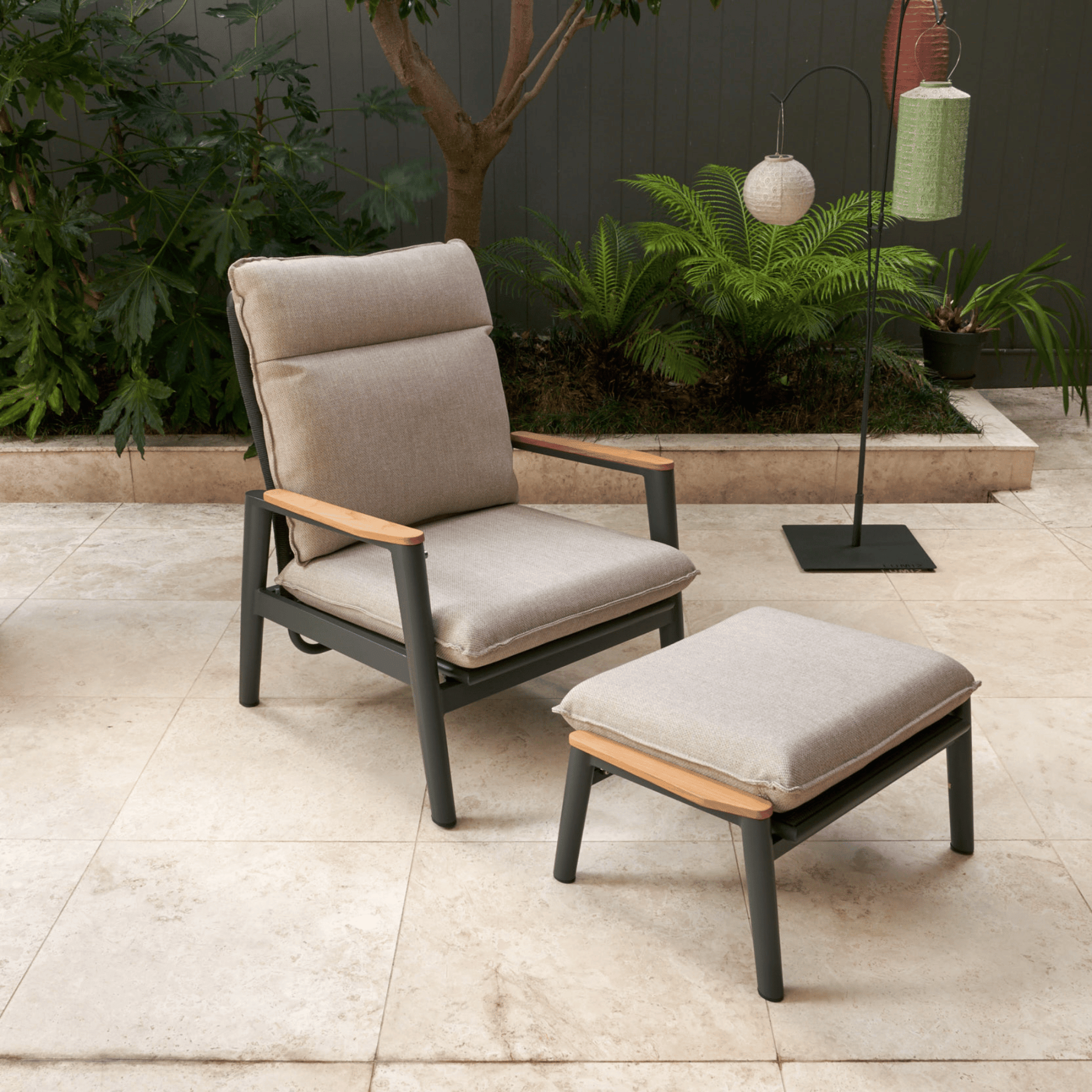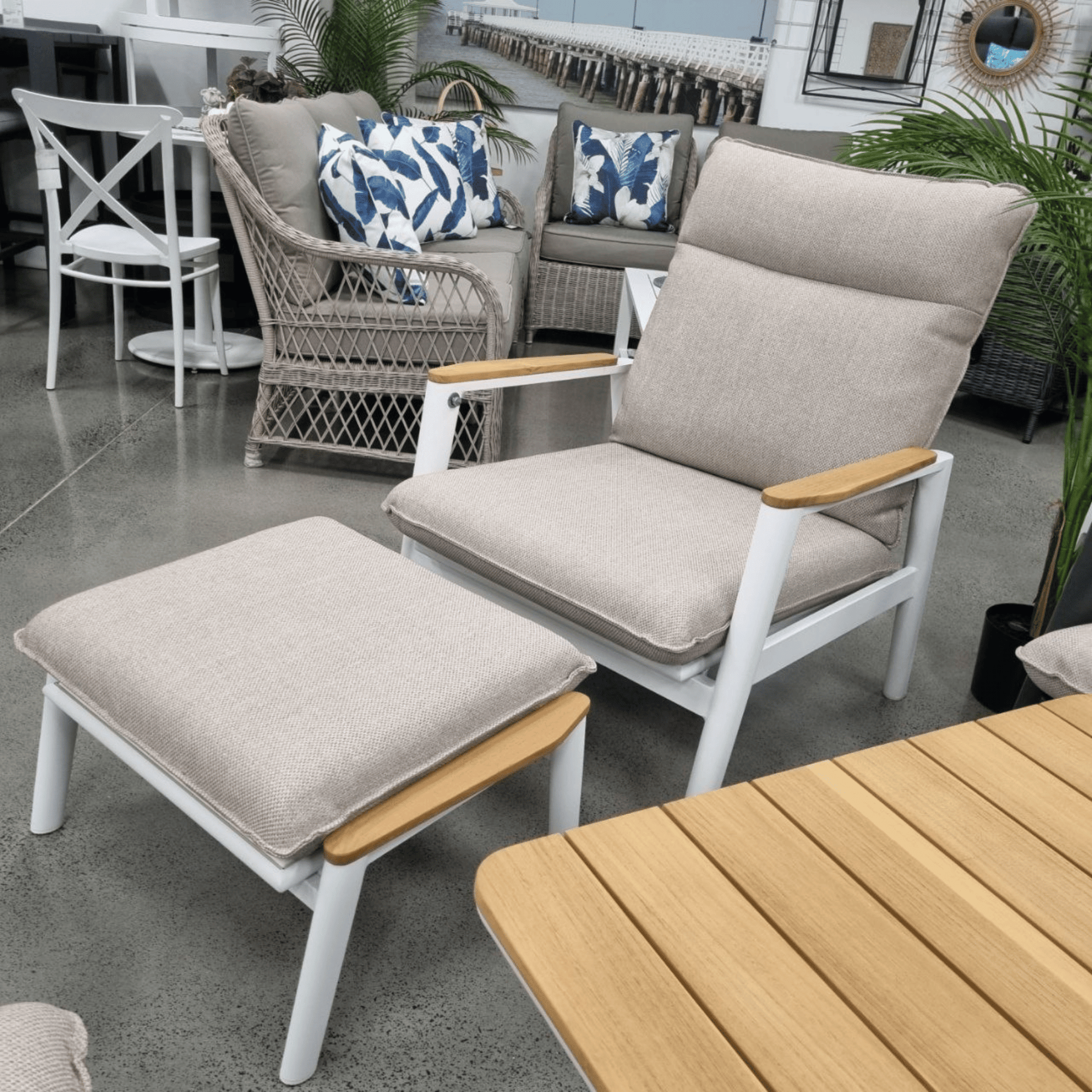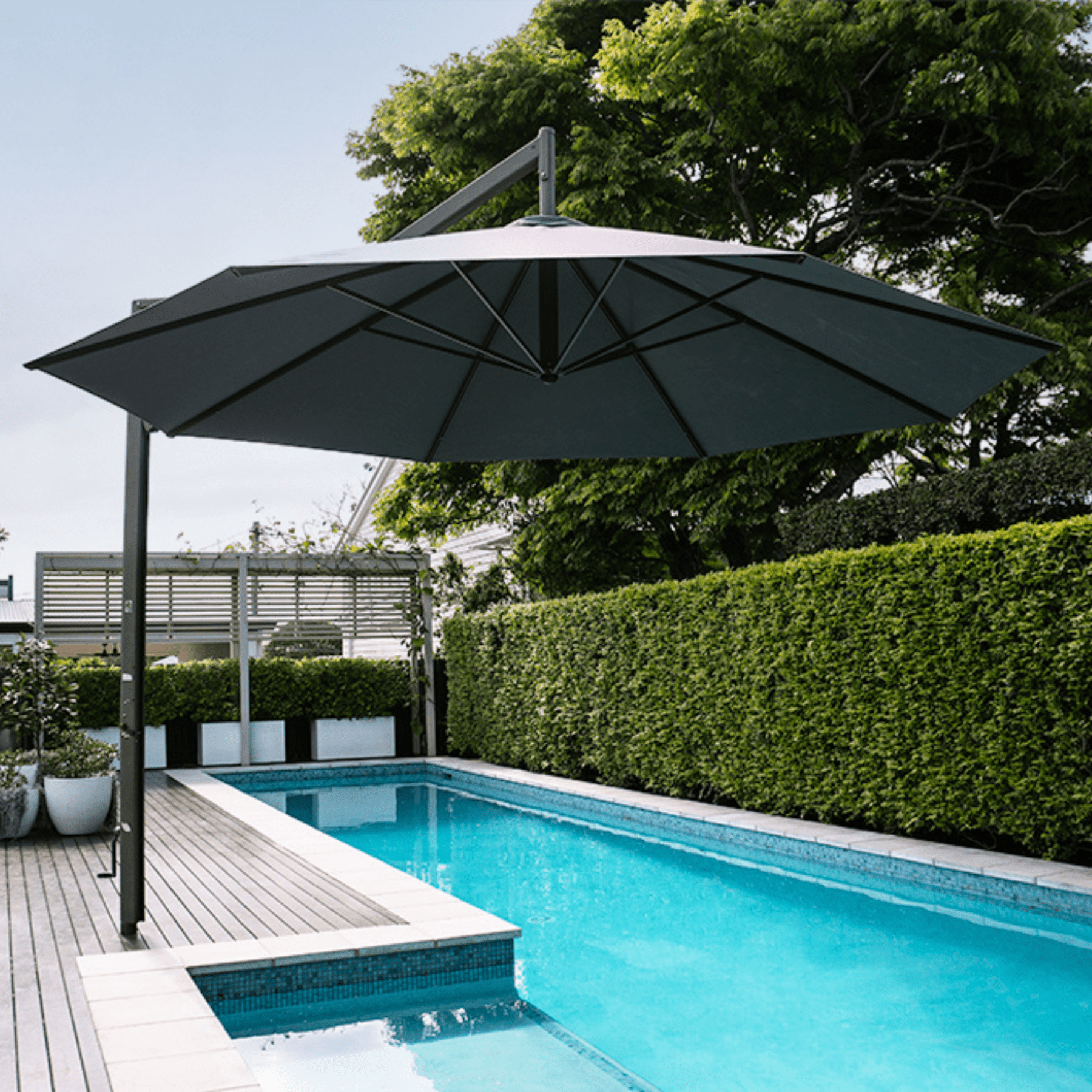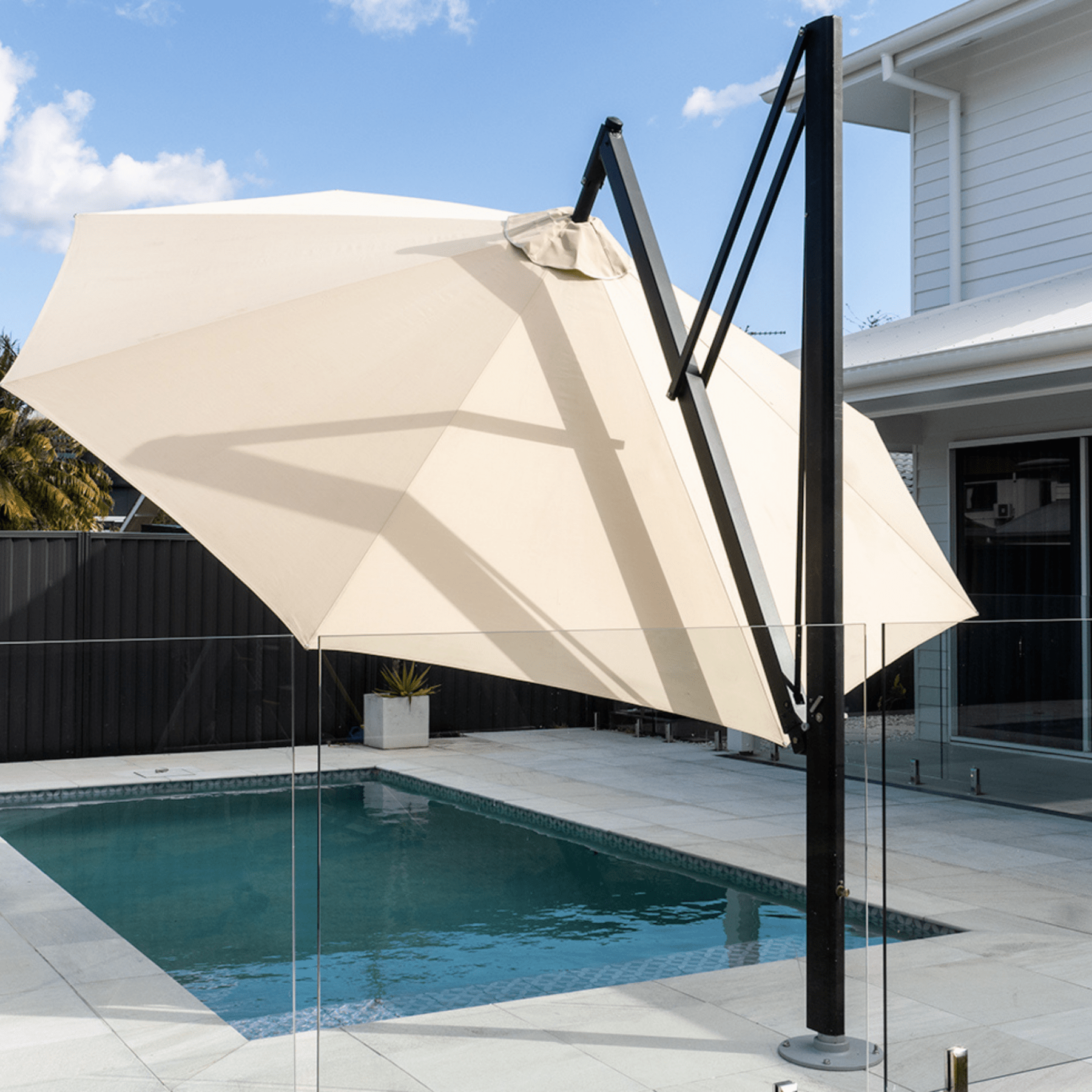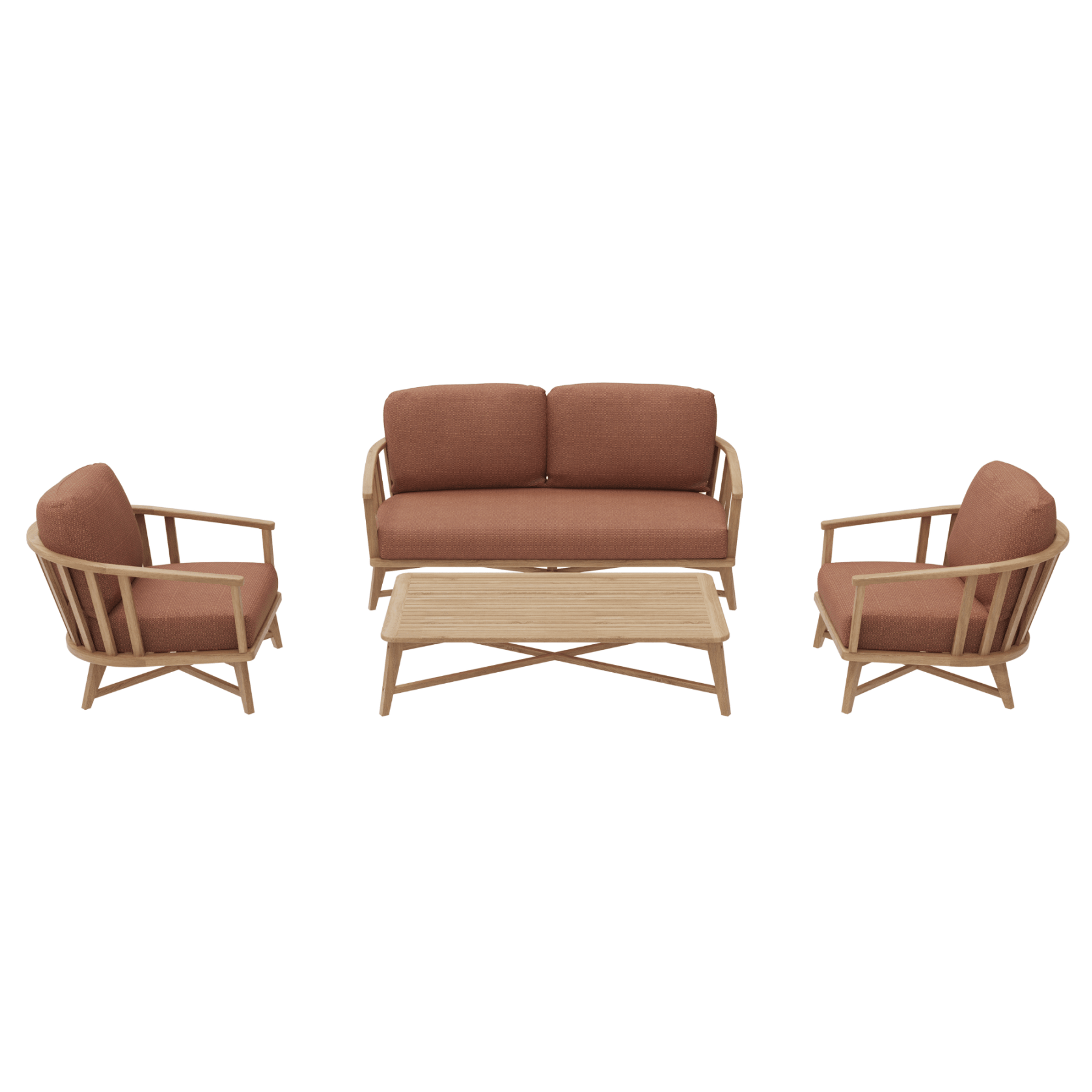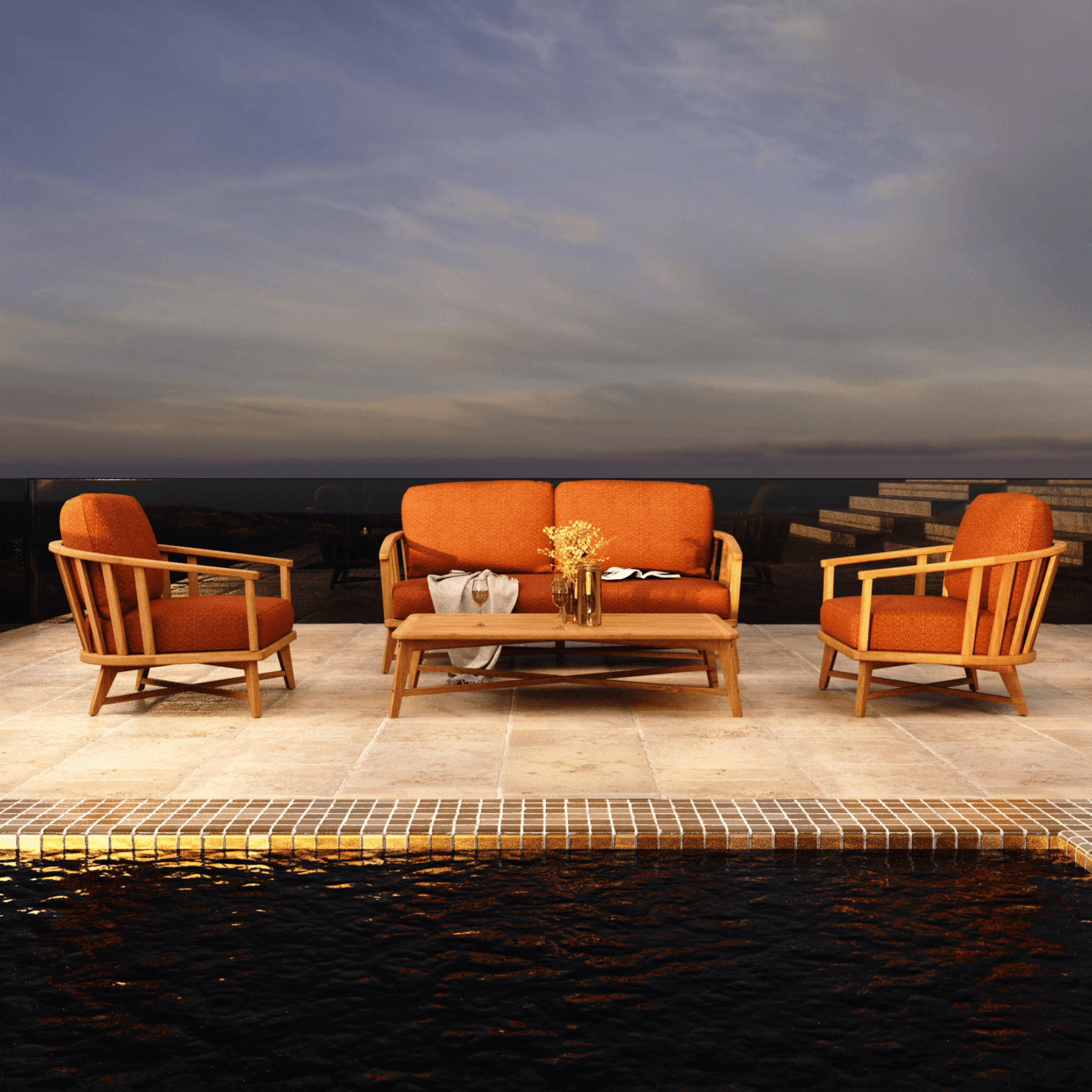🌟 Important Update for Our Customers
While this kwila bleeding guide remains essential for existing kwila owners, we now offer premium teak furniture that eliminates the bleeding issue entirely. Jump to our teak comparison to discover the difference.
Understanding Kwila Timber Bleeding
Kwila timber bleeding is a completely natural process that occurs when new kwila furniture is exposed to moisture. This 'bleeding' refers to the leaching of tannins and natural oils from the timber, which can cause reddish-brown staining on surrounding surfaces such as decks, patios, or concrete.
While this process can be concerning for new kwila furniture owners, it's important to understand that bleeding is actually a sign of the timber's natural protective properties at work. The tannins and oils that leach out during this period are the same compounds that give kwila its exceptional durability and weather resistance.
Why Does Kwila Timber Bleed?
Natural Tannin Content
Kwila timber contains high levels of natural tannins, which are organic compounds that act as the tree's natural defense system. These tannins provide protection against insects, fungi, and decay, making kwila an excellent choice for outdoor furniture.
Oil-Rich Composition
In addition to tannins, kwila timber is rich in natural oils that contribute to its weather resistance. When the timber is first exposed to moisture, these oils can migrate to the surface and wash away, contributing to the bleeding effect.
Fresh Timber Response
Newly milled kwila timber has the highest concentration of extractable tannins and oils. As the timber ages and weathers, the bleeding gradually reduces as these compounds are naturally leached out or stabilize within the timber structure.
The Complete Guide to Bleeding Kwila Timber
What You'll Need
- Garden hose with adjustable nozzle
- Soft-bristled brush or cloth
- Mild detergent (optional)
- Protective coverings for surrounding areas
- Patience - the process takes time!
Step-by-Step Bleeding Process
Step 1: Prepare the Area
Before beginning the bleeding process, protect surrounding surfaces that could be stained by the tannin runoff. Use plastic sheeting, drop cloths, or removable mats around the furniture to catch any discolored water.
Step 2: Initial Wetting
Using a garden hose with a gentle spray setting, thoroughly wet the entire piece of furniture. Ensure all surfaces are saturated, paying particular attention to joints and crevices where tannins may be concentrated.
Step 3: Allow Soaking Time
Let the furniture remain wet for 15-20 minutes. This soaking period allows the water to penetrate the timber and begin dissolving the water-soluble tannins.
Step 4: Gentle Scrubbing
Using a soft-bristled brush or cloth, gently scrub the surface of the timber. Focus on areas where tannin staining appears heaviest. Avoid aggressive scrubbing that could damage the timber surface.
Step 5: Rinse Thoroughly
Rinse the furniture thoroughly with clean water, ensuring all loosened tannins are washed away. You'll notice the runoff water has a reddish-brown color - this is normal and indicates the process is working.
Step 6: Repeat as Necessary
The bleeding process typically needs to be repeated multiple times over several weeks or months. Continue the process until the runoff water runs relatively clear.
Frequency and Timeline
Initial Phase (First 2-4 weeks)
During the initial phase, bleeding should be performed 2-3 times per week. This is when the most significant tannin leaching occurs.
Maintenance Phase (Months 2-6)
Reduce bleeding frequency to once per week or as needed based on weather conditions and tannin runoff.
Final Phase (6+ months)
Eventually, bleeding can be reduced to monthly or as-needed basis. Most kwila furniture will have significantly reduced tannin leaching by this point.
Important Tips for Successful Bleeding
Weather Considerations
- Best conditions: Warm, sunny days with low humidity
- Avoid: Bleeding during rainy periods or high humidity
- Timing: Early morning or late afternoon to avoid intense midday sun
Protecting Surrounding Areas
- Use protective coverings on decks, patios, and concrete
- Rinse surrounding areas immediately after bleeding
- Consider temporary relocation during initial bleeding phase
- Clean any stains promptly with appropriate cleaners
Signs of Progress
- Runoff water becomes progressively clearer
- Less frequent staining of surrounding areas
- Timber color begins to stabilize
- Reduced need for frequent bleeding sessions
Common Bleeding Challenges and Solutions
Persistent Heavy Bleeding
Issue: Furniture continues to bleed heavily after several weeks
Solution: Some pieces naturally contain higher tannin levels. Continue regular bleeding and be patient - the process will eventually slow.
Staining of Surrounding Surfaces
Issue: Tannin stains on decks or patios
Solution: Clean stains immediately with oxalic acid-based cleaners or specialized tannin removers.
Uneven Bleeding Patterns
Issue: Some areas bleed more than others
Solution: Focus additional attention on heavily bleeding areas while maintaining overall treatment.
🌟 Considering an Upgrade? Why Teak Eliminates This Issue
While kwila bleeding is manageable with proper technique, many Brisbane homeowners are discovering that premium teak furniture eliminates this challenge entirely. Our evolution to teak represents not just superior quality, but also a more convenient outdoor living experience.
Why Teak Doesn't Require Bleeding
| Maintenance Aspect | Kwila | Premium Teak |
|---|---|---|
| Bleeding Period | 6-12 months of regular bleeding required | No bleeding required |
| Staining Risk | High risk of tannin staining | Minimal staining risk |
| Initial Setup | Requires protective coverings and regular maintenance | Ready to enjoy immediately |
| Time Investment | Hours of bleeding over months | Minimal time required |
The Teak Advantage for Brisbane Families
- Immediate enjoyment: No waiting period for bleeding process
- Cleaner setup: No risk of staining decks, patios, or surrounding areas
- Superior durability: 25+ year lifespan vs 15-20 years for kwila
- Flexible maintenance: Choose annual oiling for honey-brown color or natural silver-grey aging
- Investment value: Higher initial quality means better long-term value
Teak Maintenance: Simple and Flexible
Unlike kwila's required bleeding process, teak offers you choice in maintenance:
- Option 1: Annual oiling to maintain beautiful honey-brown color
- Option 2: Allow natural weathering to elegant silver-grey patina
- Both options: Provide excellent protection without the bleeding hassle
Learn more about teak furniture benefits and simple maintenance in our comprehensive guide.
Ready to Skip the Bleeding Process?
Experience the convenience and luxury of premium teak furniture. No bleeding, no staining, no hassle - just beautiful outdoor living from day one.
Visit our Brisbane showroom and discover why discerning homeowners are choosing teak over kwila.
Maintaining Your Kwila After Bleeding
Once the initial bleeding period is complete, your kwila furniture will require ongoing maintenance to preserve its appearance and longevity:
Regular Cleaning
- Monthly cleaning with mild soap and water
- Remove debris and organic matter promptly
- Inspect for any signs of renewed bleeding or staining
Annual Treatment
- Apply appropriate kwila oil or timber treatment
- Check and tighten all hardware
- Assess overall condition and address any issues
Conclusion
Bleeding kwila timber is an essential process for anyone who owns this type of outdoor furniture. While it requires patience and regular attention, proper bleeding ensures your kwila furniture will provide years of reliable service with minimal ongoing maintenance issues.
For those considering new outdoor furniture, the evolution to premium teak offers a superior alternative that eliminates the bleeding process entirely while providing enhanced durability, beauty, and convenience for Brisbane's outdoor living lifestyle.
Whether you're maintaining existing kwila furniture or exploring premium teak options, our Brisbane team is here to provide expert guidance for all your outdoor furniture needs.

